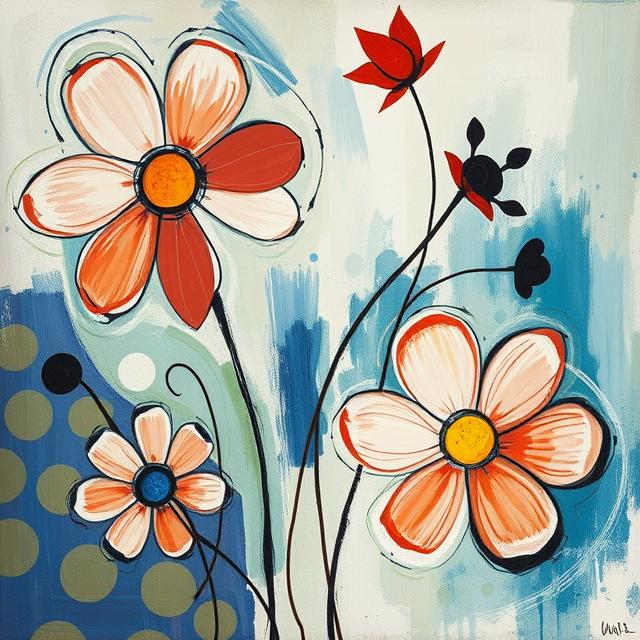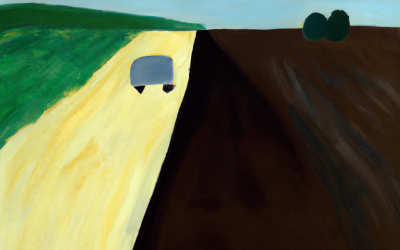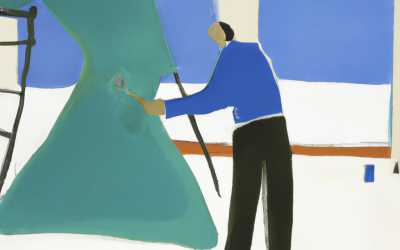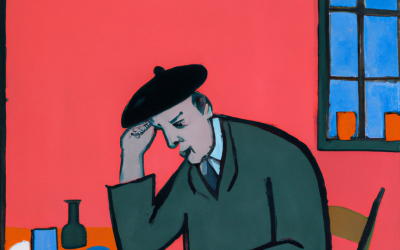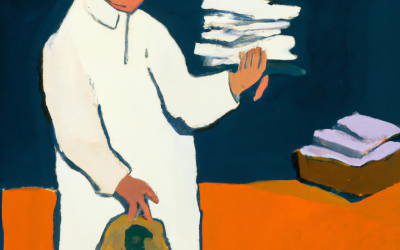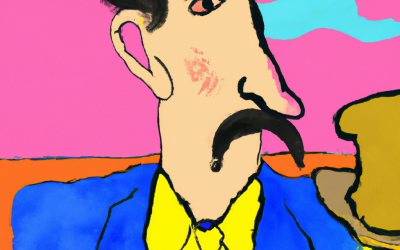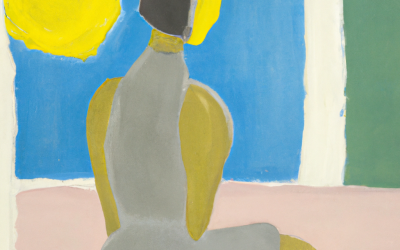Your Art, Their Profit (and Yours)
Art is a beautiful thing—whether you’re sketching a sunset, painting a portrait, or designing a quirky logo, there’s something magical about creating. But what happens when someone wants to slap your masterpiece on a T-shirt, a billboard, or a dog sweater? That’s where licensing artwork for commercial use comes in—a process that lets your creativity shine while putting a few bucks in your pocket. If you’re new to this, don’t worry. This beginner guide is here to walk you through the basics, unravel the mysteries, and help you navigate the art-meets-business world with confidence.
The idea of licensing might sound like a maze of legal jargon and handshake deals, but it’s simpler than it seems. It’s just a way to give permission for someone to use your work commercially while you keep control—and ideally, get paid for it. Whether you’re an artist dipping your toes into this or a small business owner curious about using art, let’s break it down step-by-step and see why licensing artwork for commercial use could be your next smart move.
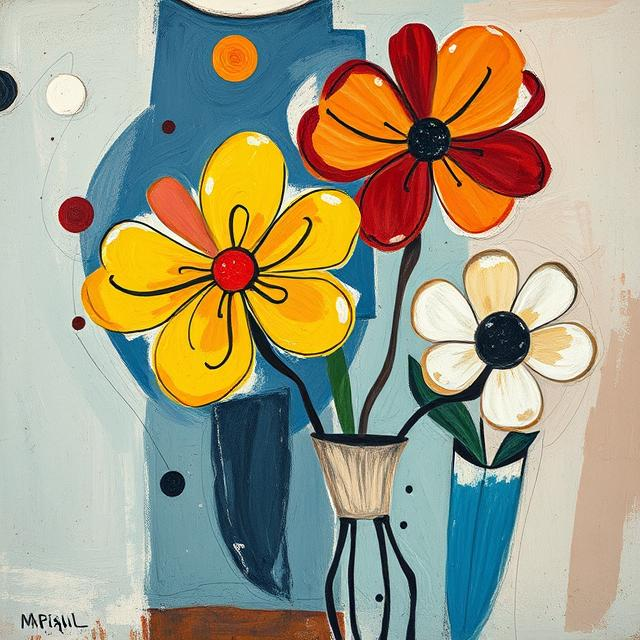
What Is Licensing Artwork for Commercial Use, Anyway?
At its core, licensing artwork for commercial use is like renting out your art. You, the artist, own the copyright—the legal “I made this” stamp that comes with creating something original. Licensing is when you grant someone else the right to use your work for a specific purpose (think ads, products, or packaging) without handing over ownership. It’s a win-win: they get to jazz up their project, and you get recognition, payment, or both.
Think of it like letting a friend borrow your car. They can drive it around town, but you still hold the keys—and you decide how long they keep it and what they owe you for the ride. Licensing can be exclusive (only they get to use it) or non-exclusive (you can license it to others too), and it’s all spelled out in a contract. For beginners, this might feel like stepping into uncharted territory, but once you get the hang of it, it’s a straightforward way to turn your art into a paycheck.

Why License Your Artwork? The Perks of Sharing
So, why bother with licensing artwork for commercial use? For starters, it’s a chance to make your art work harder than a double-shift barista. Instead of letting that painting gather dust in your studio, you can let it exapand onto product labels or magazine spreads—and get compensated for it. It’s passive income with a creative twist, and who doesn’t love a little extra cash without clocking overtime?
Beyond the money, licensing boosts your visibility. When your art appears on a popular product, it’s like free advertising—suddenly, people who’ve never heard of you are admiring your style. Plus, it’s a low-risk way to dip into the commercial world without mass-producing your own goods. You keep creating, they handle the logistics, and everyone’s happy. For businesses, licensing means access to unique, professional art without hiring a full-time designer. It’s practical, profitable, and a little bit of a power move.
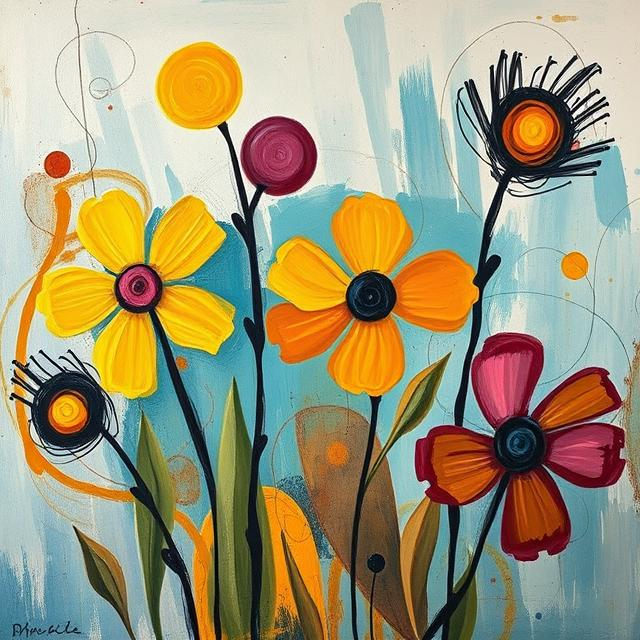
Types of Licenses: Picking the Right Fit
Licensing artwork for commercial use isn’t a one-size-fits-all deal—there are options to suit different needs. First up is the exclusive license, where you give one company sole rights to use your work. It’s like promising your art to a single dance partner—no one else gets a turn. This usually means a higher fee since they’re locking it down, but it limits your ability to shop it around elsewhere.
Then there’s the non-exclusive license, the social butterfly of the licensing world. You can offer your art to multiple buyers for different uses—say, one for a book cover, another for a phone case. It’s more flexible and keeps your options open, though the payout per deal might be smaller. Other flavors include time-limited licenses (use it for a year, then it’s back to you) or geographic licenses (only in Europe, please). The key is figuring out what works for your goals—control, cash, or a bit of both.
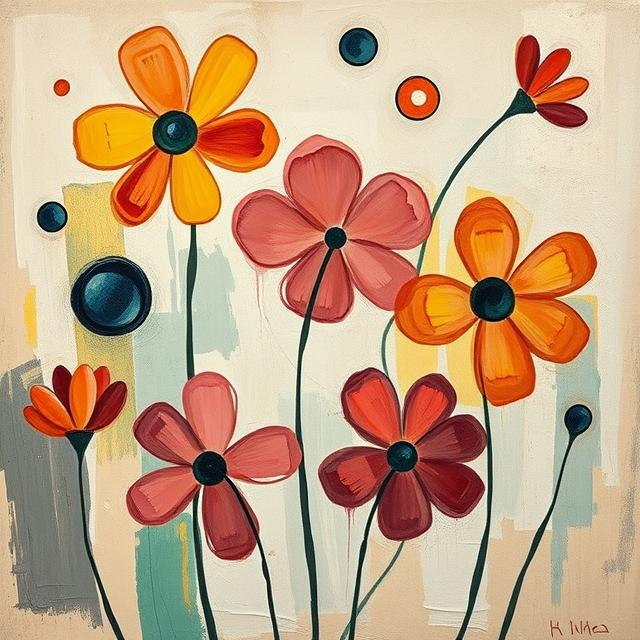
How to Get Started: Your First Steps
Ready to dive into licensing artwork for commercial use? Great—let’s start with the basics. First, make sure your artwork is polished and ready for the spotlight. That means high-resolution files (no blurry phone pics) and a portfolio that shows off your style. Businesses want to see what they’re working with, so think of it as your art’s resume—clean, professional, and easy to browse.
Next, decide what you’re comfortable licensing. Not every piece needs to go commercial—maybe that deeply personal sketch stays private, but your bold graphic designs are fair game. Once you’ve got your lineup, start researching potential buyers. Think companies that align with your vibe—clothing brands, publishers, or even local cafes looking to spice up their branding. You can reach out directly or use platforms like Creative Market, Etsy (for digital downloads with licensing terms), or art licensing agencies that connect artists with clients. It’s like matchmaking, but for your artwork.
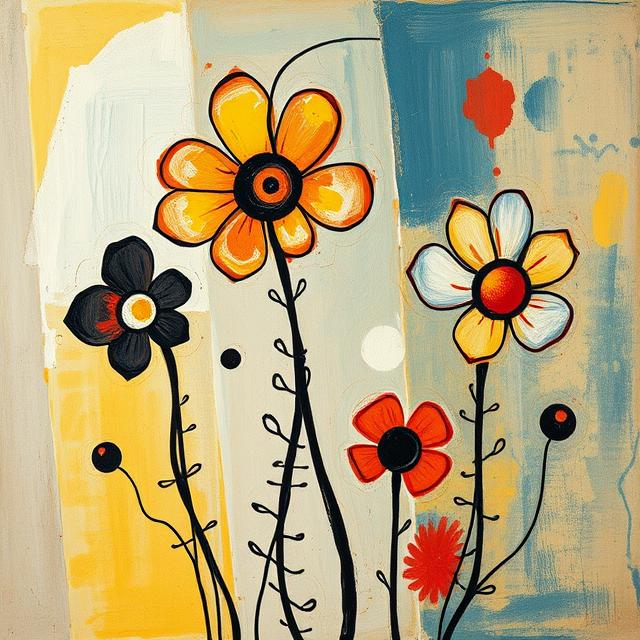
Setting the Price: What’s Your Art Worth?
Pricing is where things get real—and a little tricky. Licensing artwork for commercial use doesn’t have a universal price tag; it depends on factors like usage, duration, and exclusivity. A small business using your art on a limited run of postcards might pay $50-$200, while a national ad campaign could net you $1,000 or more. Industry standards vary, but a good rule of thumb is to charge more for exclusive rights or high-exposure projects.
Start by researching what similar artists charge—peek at sites like Graphic Artists Guild or ask around in art communities. Factor in your time, skill, and the value your work brings to their project. Don’t undersell yourself (you’re not a clearance rack), but don’t scare off beginners with a Hollywood budget either. A clear pricing structure—say, $100 for non-exclusive digital use, $500 for exclusive print runs—keeps it simple and professional. And always, always get it in writing.

The Legal Stuff: Protecting Your Work
Here’s where the grown-up part kicks in: contracts. Licensing artwork for commercial use without a solid agreement is like lending your car without a spare key—you might not get it back in one piece. A contract spells out who can use your art, how, for how long, and what they owe you. It’s your safety net, and it doesn’t have to be a novel—keep it clear and concise.
Key points to include: the scope of use (online only? Print too?), duration (six months? Forever?), payment terms (upfront or royalties?), and whether it’s exclusive. If they tweak your art, who approves it? Add a clause about copyright—you retain it unless you’re selling it outright. Not a legal eagle? Templates online (try Rocket Lawyer or LegalZoom) can get you started, or consult a lawyer for big deals. It’s less about mistrust and more about making sure everyone’s on the same page.

Finding Clients: Where the Magic Happens
So, where do you find people eager to license your art? Start close to home—local businesses love unique designs for menus, packaging, or murals. Cold-emailing works too: a polite pitch with a link to your portfolio can open doors. Online marketplaces like Society6 or Redbubble let you sell products with your art, but for direct licensing, try reaching out to brands you admire—think boutique shops, startups, or even ad agencies.
Networking helps—join art groups, attend trade shows (virtual ones count!), or post your work on Instagram with hashtags like #ArtForSale or #LicensingArt. Agencies like Art Licensing International can connect you with bigger fish, though they take a cut. It’s about planting seeds—some sprout fast, others take time, but every “yes” builds your momentum.
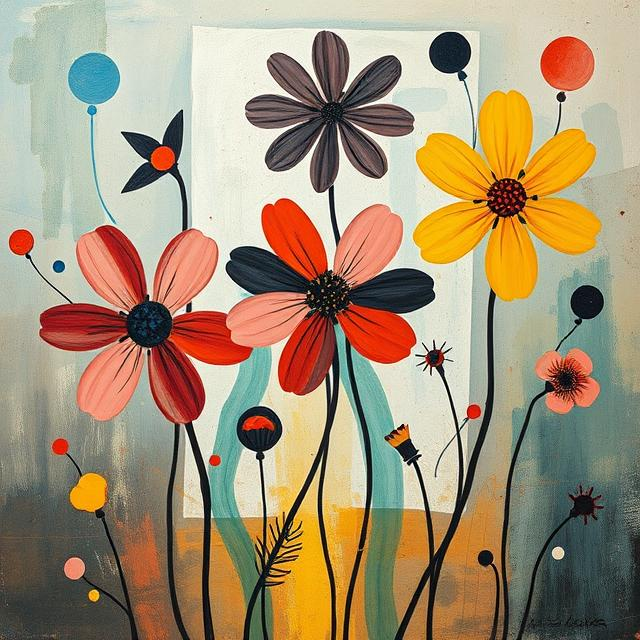
Negotiating Like a Pro: Tips for Beginners
Negotiation might sound intimidating—like you’re bartering for a camel in a desert bazaar—but it’s just a conversation. Be clear about what you want: payment, credit, or limits on use. Listen to their needs too—maybe they’re on a tight budget but can offer exposure. If they push for exclusive rights, bump the price; if they want a short-term deal, keep it affordable.
Practice saying no politely—“That’s below my rate, but I’d love to find a middle ground”—and don’t jump at the first offer unless it’s a home run. Ask questions: How will they use it? What’s their timeline? It shows you’re serious and helps you tailor the deal. Confidence grows with practice, and soon you’ll be hashing out terms like a seasoned pro.

Why Licensing Beats Selling Outright
Selling your art outright is like giving away your car title—poof, it’s gone. Licensing keeps you in the driver’s seat. You retain copyright, control how it’s used, and can license it again later. It’s a renewable resource—license that floral pattern for a scarf today, a notebook tomorrow. Selling means one paycheck; licensing means a stream of possibilities.
For buyers, it’s cost-effective—they get pro art without commissioning from scratch. For you, it’s a chance to build a career without losing ownership. Plus, it’s less hassle than running your own shop—no inventory, no shipping, just art and agreements. It’s the sweet spot where creativity meets commerce.
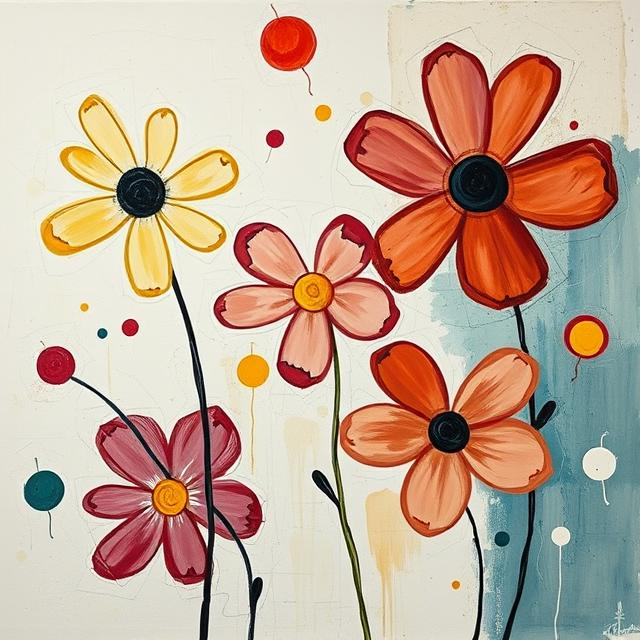
Your Art, Your Rules
Licensing artwork for commercial use is more than a transaction—it’s a way to share your vision while keeping the reins. It’s not about handing over your soul on a canvas; it’s about partnering with others to bring your work to life. From boosting your income to getting your name out there, it’s a practical step for any artist ready to bridge the gap between passion and profit.
Start small: polish your portfolio, draft a basic contract, and pitch to a local business. The world’s full of companies looking for fresh designs—your art could be their next big thing. It’s a messy, exciting world out there, but with licensing, you can carve out a space where your creativity thrives and your bank account doesn’t mind either. Ready to give it a shot? Your art’s waiting to make its commercial debut—let’s get it out there.

